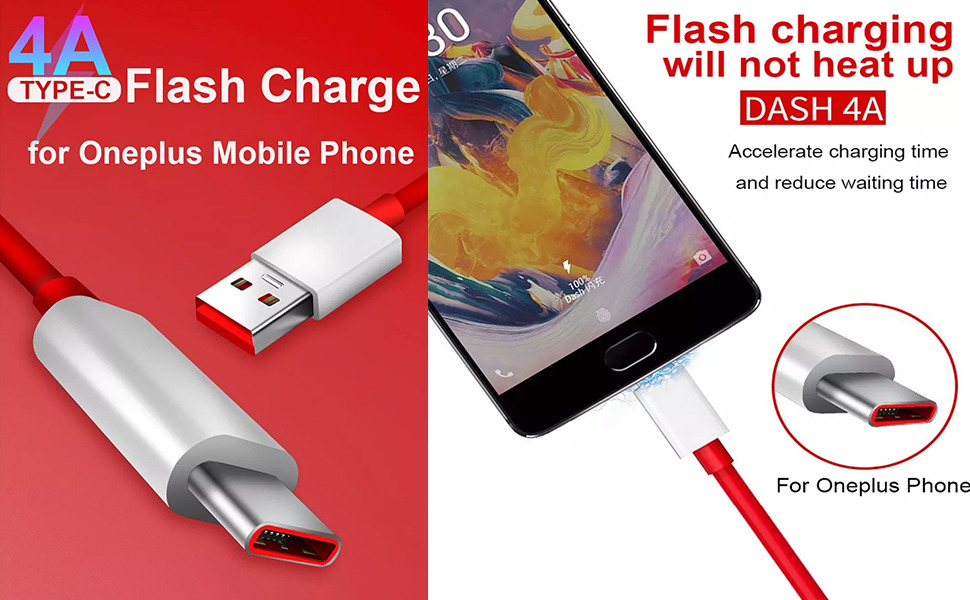Data cables are produced in different shapes, speeds, and connector sizes, making it easier to choose the right type according to one’s device. It will improve the performance, save time, and reduce compatibility issues.
In this blog, we will highlight what data cables are, enumerate the common types of data cables, and their applications, as well as the proper tips for usage and maintenance, and their significance in modern-day living.
Common Data Cable Types and Their Uses
Data cables come in various types, each designed to cater to specific devices and functions. Let’s explore some of the most common data cable types and their primary uses: Data Cable V8|typeC|Iphone
USB-A
Certainly! To continue, the USB-A cable mentioned above sources its origin from the sunken side of it.
USB-A cables are possibly the most common data cables that we have probably seen in our daily lives. The other end may feature a variety of options like Lightning, Micro USB, or USB-C to match with other hosts such as gaming consoles, portable hard drives, TVs, and even with digital cameras and docking stations.

USB-C
USB-C is the new type of USB cable on the block. It has a reversible connector that increases data transfer rates and voltages for power delivery. Expect to find this on the latest laptops and smartphones such as MacBooks, Pixel phones, and controllers by PlayStation 5 and Xbox Series S|X.
Lightning
These are Lightning cables, proprietary cables developed by Apple for the purpose of charging and synchronization, especially for iPhones, iPads, and iPods. One end of a Lightning cable comes with a Lightning connector to be attached specifically to Apple devices in question, and the opposite end carries either an A connector to plug into a conventional USB-A port or a USB-C connector to insert into the new devices. This flexibility and ease make it an option for charging and synchronizing their iOS devices
Buy Denit Data Cable V8|typeC|Iphone





